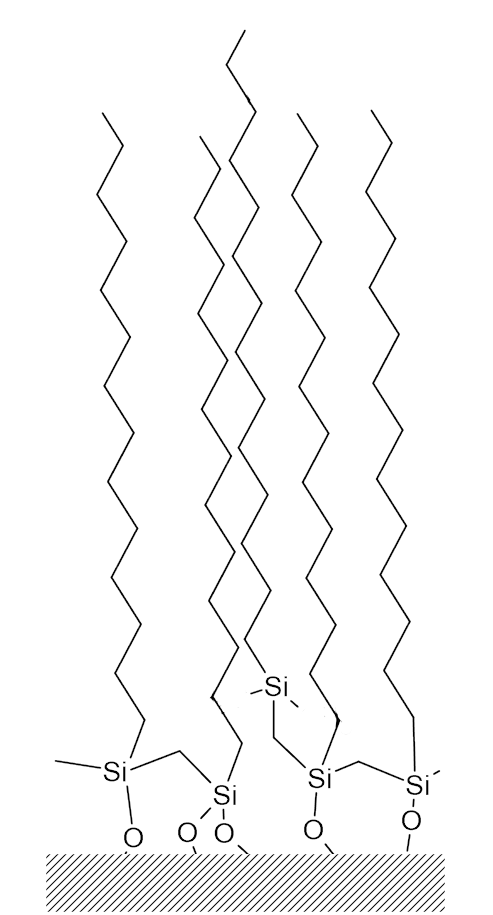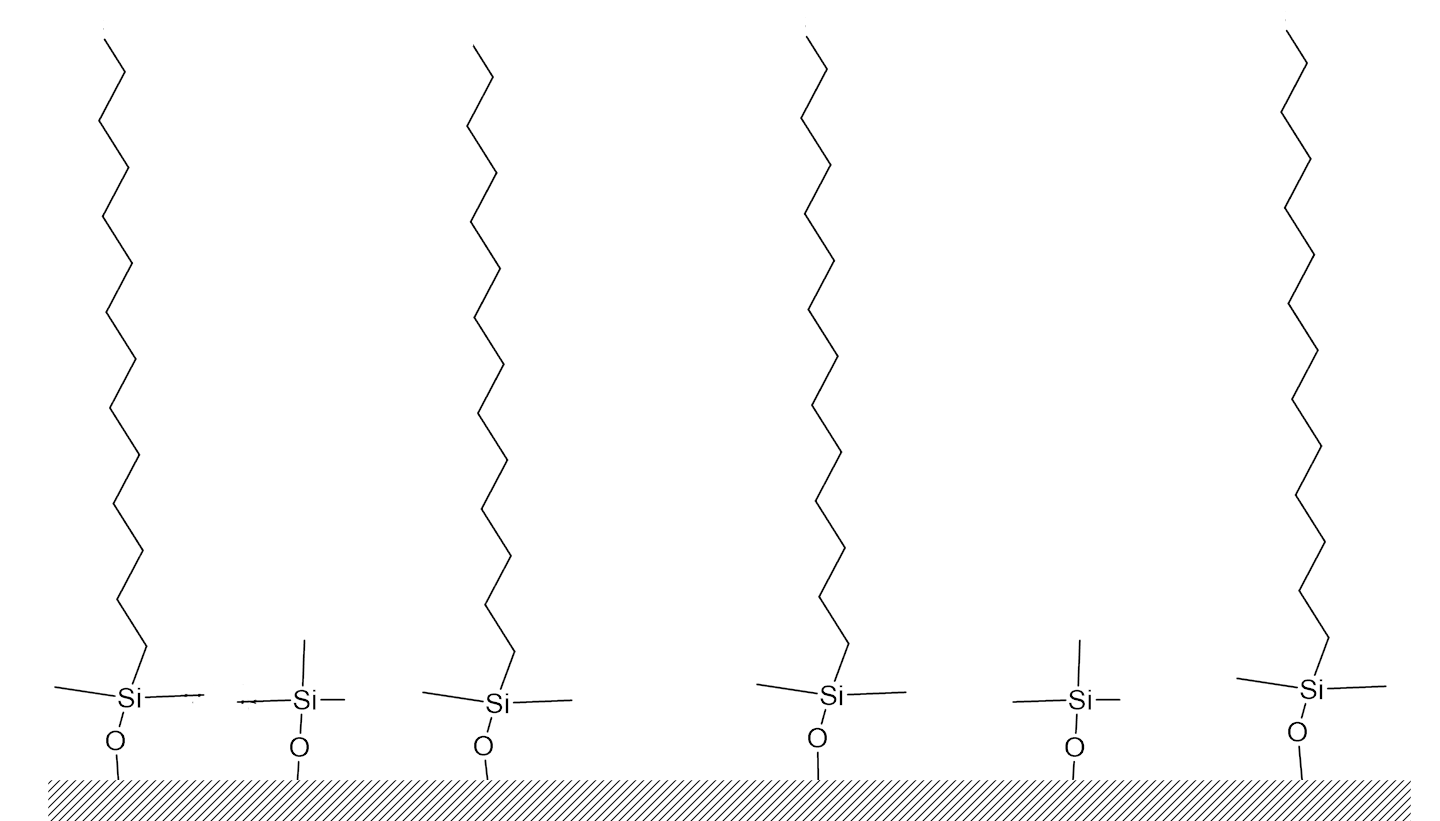HPLC Technical Tips
LIQUID CHROMATOGRAPHY
What follows is a variety of HPLC Technical Tips and advice created by both our Technical Support Team and our suppliers of HPLC columns and consumables. These include articles on best practices, back pressure causes and remedies, recommended maintenance schedules, choosing and using the best column flavor for your analyses, and much more; check back regularly as we continue to add more.
Learn Symptom-Based Solutions for Effective LC Troubleshooting
Every LC instrument and method will eventually experience a deterioration in performance that requires troubleshooting. In this comprehensive and easy-to-follow article, learn tips for re-establishing a smooth baseline, get guidance for diagnosing and solving common peak problems, and discover best practices for managing system back pressure.
Best Practises for New HPLC Columns
Before you can use a new LC column to perform analyses, there are a few important steps you need to do to prepare it for its new life in your lab.
This Restek Tip demonstrates how to set up your new LC column. Topics that are covered include certificates of analyses (CofAs), the different column end-fittings you can use, how to condition your column for your mobile phase, and how to select an appropriate flow rate for your column… Let’s get started!
Video Tech Tip: LC Column Cleaning and Regeneration
Over time, LC columns will accumulate contaminants, especially if dirty samples are analyzed regularly. Watch this short video to learn how to regenerate your column to restore performance and extend column lifetime. We also share tips on minimizing contamination so you can maximize the number of samples run between cleanings.
Why Are There So Many C18 Columns?
From end-capped to aqueous, there are a multitude of C18 phases to choose from. We’ll identify the parameters you should consider when selecting a phase and discuss the advantages of using one that is well suited to your specific analysis.
This video is an introduction to the varieties of phase chemistry within the most common class of HPLC column. No brief video can cover all the variables in C18 column chemistry in a reasonable amount of time. If you have questions about the details of columns options in this video or of other C18 phase options you’ve heard about, please call our Technical Support Team at tech@chromspec.com.
Keep Samples Moving Through the Lab by Preventing High HPLC Backpressure
High backpressure is a fact of life for HPLC and UHPLC analysts but diagnosing problems and preventing future ones is the best way to keep your instruments up and running. Read on to learn how to ensure removal of particulates that can cause unexpected downtime.
Good HPLC Practice Guide
The Good HPLC Practice Guide, developed by Knauer, is a helpful aid in perfecting your practices and includes ideas about your mobile phase, UV detection, sample preparation and lab safety. It contains a convenient checklist to consult when starting up or shutting down your HPLC system.
Understanding HILIC Separations to Improve Your Results
In HILIC (hydrogen interaction liquid chromatography), the three main mechanisms involved in analyte retention are:
1. The adsorption of an analyte on polar groups of the stationary phase as a result of hydrogen-bonding, electrostatic (coulombic) and dipole interactions.
2. The partition of analytes between the organic bulk mobile phase and the water rich surface layer surrounding the stationary phase.
3. Ion exchange interactions.
YMC provides a review highlighting influences on the separation mechanisms in HILIC to provide a helpful tool for method development and troubleshooting.
Click here for more information.
For column dimensions and pricing on the columns mentioned in this article:
Neutral Polar Ligands
YMC-Triart Diol-HILIC Analytical Columns
YMC-Triart Diol-HILIC uHPLC Columns
YMC-Triart PFP Analytical Columns
YMC-Triart PFP uHPLC Columns
Positively Charged Ligands
YMC-Pack NH2 Analytical Columns
YMC-Pack Polyamine II Analytical Columns
Negatively Charged Ligands
YMC-Pack SIL-06 Analytical Columns
YMC-Pack SIL Analytical Columns
Addressing Bacterial and Fungal Growth in HPLC Mobile Phases and Columns
When using 100% aqueous mobile phases, bacterial and fungal growth in the column is a concern.
Click here for tips on how to prevent this from happening, and how to deal with it if it does.
Choosing the Right HPLC Column
Follow our HPLC column selection flow chart as a starting point for your method development.
Click here to get started.
Do your own preventative maintenance and troubleshooting on HPLC pumps, including check valves, piston and seals and more. Included is an HPLC Maintenance Schedule that can help you keep on top of routine maintenance.
Polymeric C18 Derivatization: What is it, and why should I use it?
Ironically, the easiest place to begin is with monomeric or mono-layer phases. In these, each C18 molecule is bonded directly to the silica particle (image 1).
Polymeric phases (image 2) use C18 molecules with multiple bonding sites. Some C18 bond directly to the silica, some bond to other C18s.
This has several benefits. The polymeric bonding gives a denser, more hydrophobic stationary phase layer. This protects the silica from high pH mobile phases. It also protects the silica-to-C18 bonds from low pH mobile phases. This thick C18 layer improves inertness by masking metals and acidic silica groups on the surface of the particles. Finally, the C18 molecules pack tightly enough together to add shape selectivity to hydrophobic interactions.
There have been many advances in silica synthesis, phase bonding, and endcapping over the past few decades. They have made polymeric bonding less necessary for pH tolerance and inertness, but shape selectivity remains a good reason to choose a polymeric phase.
Example chromatograms showing similar methods for the separation of methyl linolenates on two different YMC C18 columns. The target compounds differ only in the location of the three C=C bonds, so there is minimal difference in hydrophobicity.
• J’Sphere H80, heavily bonded, but not specialised for shape selectivity - produces slight separation of the methyl linolenates.
• YMC Pack Pro C18 RS, polymerically derivatized C18, specifically developed for shape selectivity - near baseline separation of the target compounds.


Avoid Acetonitrile Mobile Phases with Phenyl Columns
The retention and selectivity that phenyl-type columns (phenyl, phenyl-hexyl, diphenyl or biphenyl) provide for aromatic molecules is easily compromised by using acetonitrile for your mobile phase. The C≡N bonds in acetonitrile provide π electrons for aromatic analytes to interact with. Having π electrons in the mobile phase lessens the selectivity of the aromatic stationary phase. Switching to methanol removes π electrons from the mobile phases increasing retention and selectivity for most aromatic molecules.
Click here for example chromatograms
Cut Your Background in PFAS Analyses By Using a Delay Column
Trace and ultra-trace level PFAS analysis is a particular challenge in the lab. PTFE (polytetrafluoroethylene) is found throughout a typical lab and contributes trace PFAS contamination from residual production by-products. Most LC-MS/MS instruments have PTFE components in and upstream of the pump. They can slowly leach out interferences for our PFAS analysis, continuously feeding interfering compounds at low levels in to your analysis. However, there is an easy solution: a PFAS delay column. Just as the name implies, it delays PFAS, specifically the residual PFAS contamination introduced before the injector in your LC-MS/MS.
In a typical LC-MS/MS, PTFE tubing is fairly common in mobile phase lines, so the potential interference flow path starts at the very beginning: the mobile phase. PTFE and other fluorinated polymers are used in solvent product and storage (cap liners). From the mobile phase bottle, it flows into the degasser with multiple PTFE-containing lines, and then to the LC pump where the seals are often PTFE. A PFAS delay column works by only delaying (retaining) PFAS in your mobile phase, but not your sample. You’ll still need your analytical column to resolve your analytes. The ideal spot to install your PFAS delay column is between the pump and the autosampler.
By using a delay column, you can move any solvent or pump related PFAS contaminants to the tail end of your chromatogram, after your sample analytes have eluted.
Note: Delay columns only need to provide retention, not resolution. So, whether you are using a 5µm, 3µm, 2.7µm or 1.8µm packing in your analytical column, a delay column with a 5µm fully porous particle is ideal.
Practical advice on how to prepare tubing and use VICI nuts and ferrules for consistent leak free, zero dead volume connections.
Cheminert® Flangeless Fittings with collapsible ferrule
Practical advice on how to Cheminert collapsible ferrule flangeless fittings to make reliable, removable connections with 1/8” or 1/16” OD tubing in ¼-28” flat-bottom fittins.
